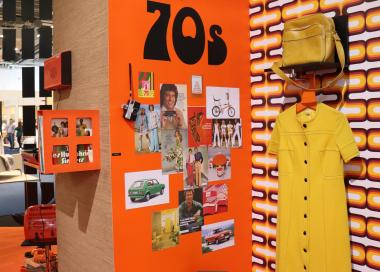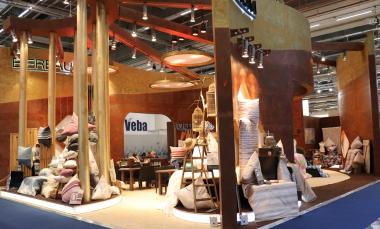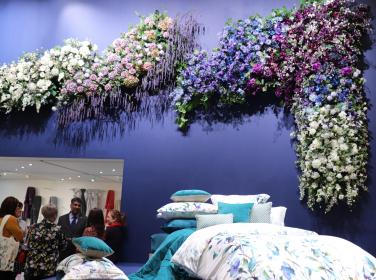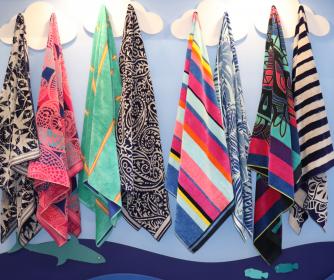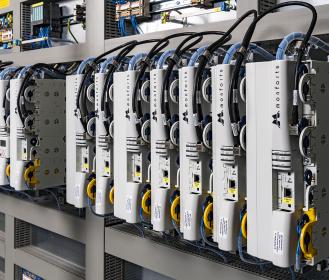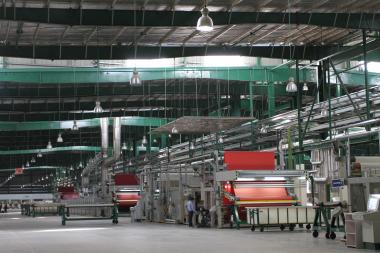BTE fordert mehr Marktüberwachung für Direktimporte internationaler Lieferanten
Vor kurzem hat Greenpeace Ergebnisse einer eigenen Studie veröffentlicht, wonach ein Drittel der Modeartikel des chinesischen Online-Händlers Shein gefährliche Chemikalien in besorgniserregenden Mengen enthält. Dazu wurden 47 Kleidungsstücke des Fast Fashion-Anbieters in einem unabhängigen Labor für Schadstoffanalytik untersucht. In einigen Produkten wurden demnach Schadstoffe gefunden, die das 685-fache des gesetzlichen Grenzwertes erreichen.
Nach ersten BTE-Recherchen beinhalten zwar nicht alle im Greenpeace-Bericht aufgeführten Funde tatsächlich Überschreitungen von gesetzlichen Grenzwerten, trotzdem zeigt er gravierende Mängel in der deutschen und europäischen Marktüberwachung. Schon in der Vergangenheit gab es wiederholt Produkt-Untersuchungen, bei denen verbotene und gesundheitsgefährdende Stoffe in Textilien und Schuhen gefunden wurden. Und auch frühere Testkäufe des BTE auf internationalen Online-Plattformen, wie z.B. Joom und Wish, hatten belegt, dass dort Artikel angeboten werden, die in Deutschland und der EU so nicht verkauft werden dürfen.
Zudem wird der Kunde bei solchen Direktimporten von Lieferanten bzw. Plattformen (D2C) außerhalb der EU oftmals getäuscht. So haben die BTE-Testkäufe gezeigt, dass Rohstoffangaben nicht selten fehlerhaft waren. Unter anderem wurde Kunstleder als Leder bezeichnet.
Die laxe Überwachung der - vermeintlich günstigen - Direktimporte durch die Endverbraucher vor allem aus Asien schadet aber nicht nur den Kunden, sondern benachteiligt auch Handel und Industrie in Deutschland und der EU. Denn die Importe von EU-Unternehmen werden regelmäßig auf ihre Verkehrsfähigkeit geprüft, zum Teil sogar über Stichproben-Untersuchungen im Handel. Bei Verstößen drohen dann schmerzhafte Bußgelder. Durch die starke Expansion des (internationalen) Onlinehandels in den Corona-Jahren ist dieser Wettbewerbsnachteil insbesondere für den stationären deutschen Textil-, Schuh- und Lederwarenhandel noch gravierender geworden.
Der BTE fordert daher, eine stärkere Marktüberwachung von Direktimporten vor allem asiatischer Lieferanten durch den Zoll. Die Kontrollen von entsprechenden Paketen an den großen internationalen Flug- und ggf. Seehäfen müssen intensiviert werden, um den Schaden für die Verbraucher und die deutsche Textil- und Outfitbranche möglichst gering zu halten.
BTE Handelsverband Textil Schuhe Lederwaren










